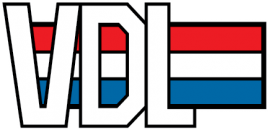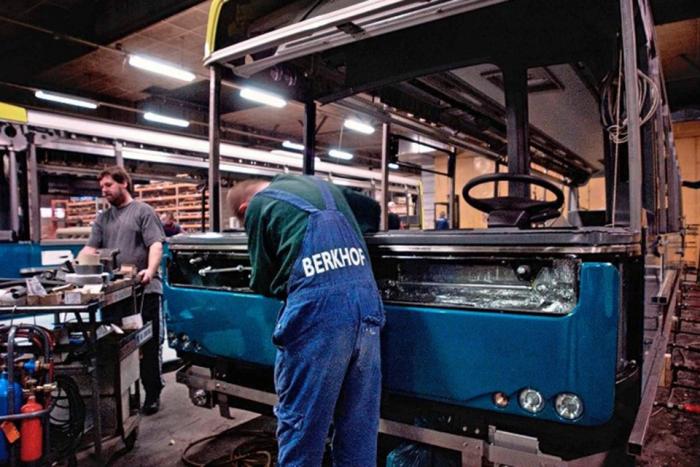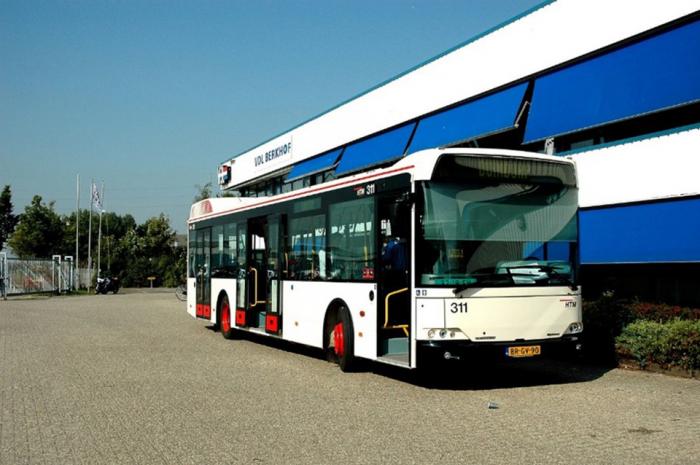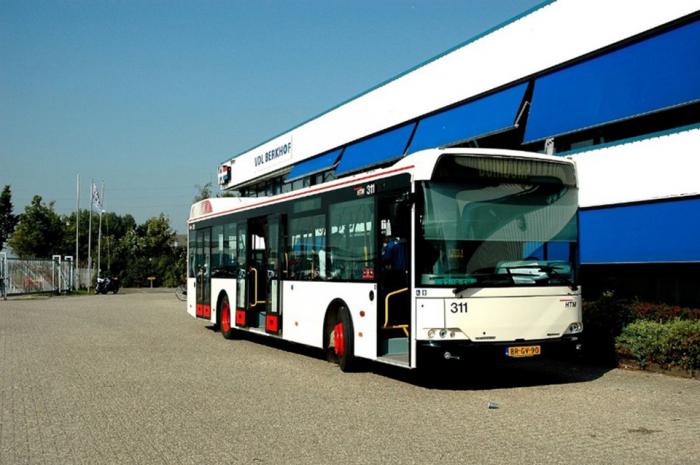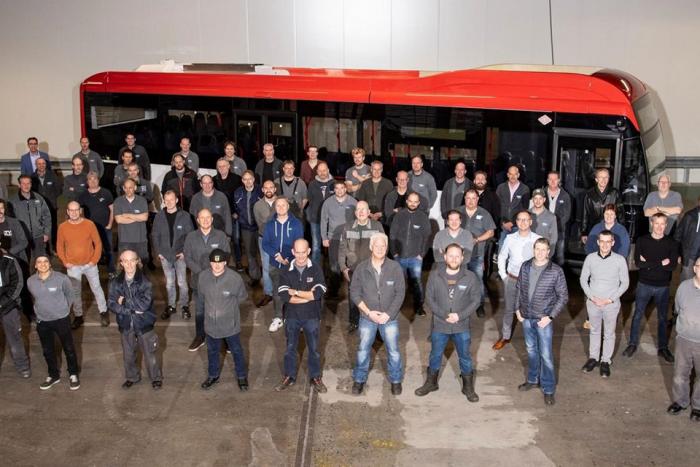History
VDL Smart Spaces has a rich history that traces back to the early 20th century when Bartele Hainje started building carriages and wagons in Heerenveen. Over the following years, the company evolved into a significant player in the bus and bodywork industry, achieving several milestones along the way. These include the mass production of buses and the development of the first standardized city bus in the Netherlands.
After nearly a century of presence in the bus industry, in 2022, VDL Smart Spaces ceased bus production and transformed its factory to focus on manufacturing construction modules for housing. This shift in the company's direction demonstrates resilience and adaptability to changing market conditions. Over the years, VDL Smart Spaces has proven that quality and collaboration are its key values that have helped it grow. These values continue to be held in high regard as VDL Smart Spaces prepares for a new future in modular construction.
The beginning
In 1907, Bartele Hainje started a carriage and wagon workshop called 'Rijtuig- en Wagenmakerij B. Hainje' at Heeresloot in Heerenveen. Bartele Hainje's motto is: quality. According to Bartele, this is the most important core value for attracting customers. In Friesland, the first motorbus drives in Leeuwarden on Friday, April 2, 1920. At that time, it is very easy to start a bus service. As an entrepreneur, you only need to announce the timetable and transportation costs to the Provincial Executive Board and in the newspaper. This leads to a spectacular growth of motorbus transportation, giving rise to a new industry: coachbuilding.
The rise of the automobile and the bus
The very first motorbus was built by Hainje. This "body" was crafted by hand using wood. In 1929, Hainje transitioned to using steel bodies for the buses. Step by step, in 1932, the wagon workshop expanded with the addition of three sheds, and later, a warehouse was constructed. Father Bartele Hainje also handed over the reins to his son Abe Hainje. At that time, the company employed around 30 people.
From motorbus to bus
In 1951, Hainje secured a significant contract from Rotterdam. This marked the first series of buses for the Rotterdamse Elektrische Tram (RET). This major contract marked the beginning of mass-produced bus manufacturing. In 1962, Hainje became a subsidiary of the Verenigde Machine Fabrieken (United Machine Factories), but still under the leadership of Abe Hainje. In 1966, the major cities of the Netherlands decided to jointly design a standardized city bus. This led to the first order of standardized buses, known as the CSA 1.
End of the bus era
On February 1, 2022, the last bus rolled out of the factory in Heerenveen, marking the end of an era. The final buses produced in Heerenveen were the electric Citea buses. Over the years, the factory had manufactured over 13,000 buses of approximately 125 different types. In the subsequent months, the factory was transformed to produce construction modules for housing in collaboration with our partner. Together, we are contributing to addressing the housing shortage in the Netherlands.
